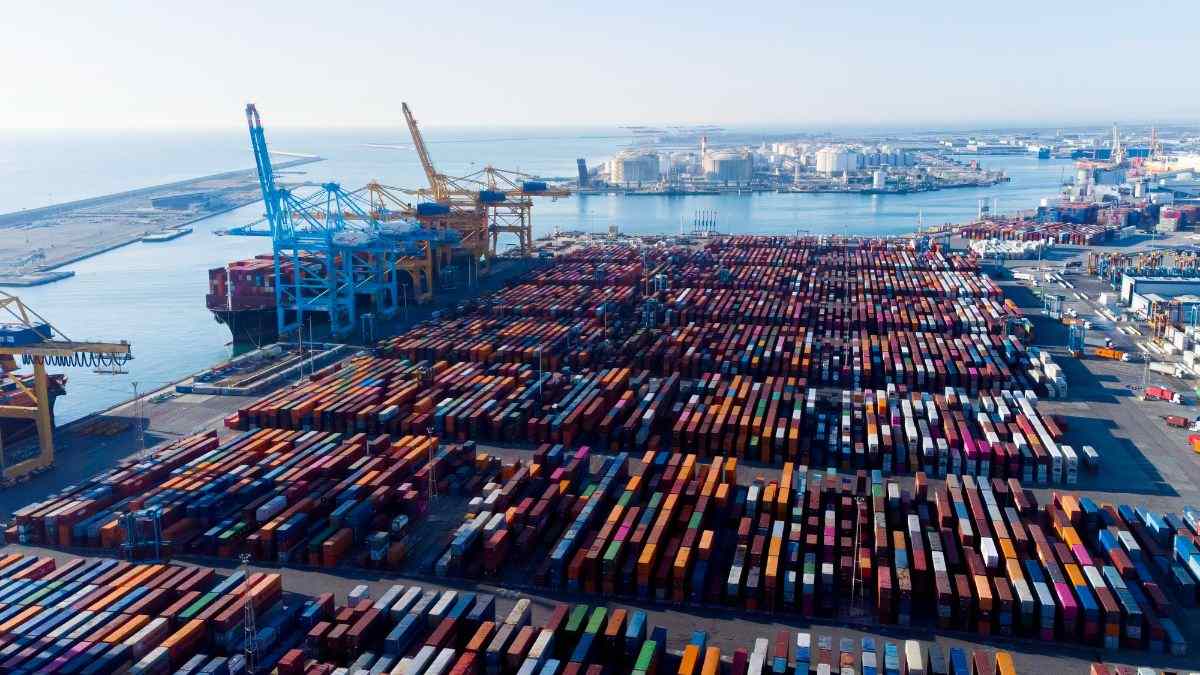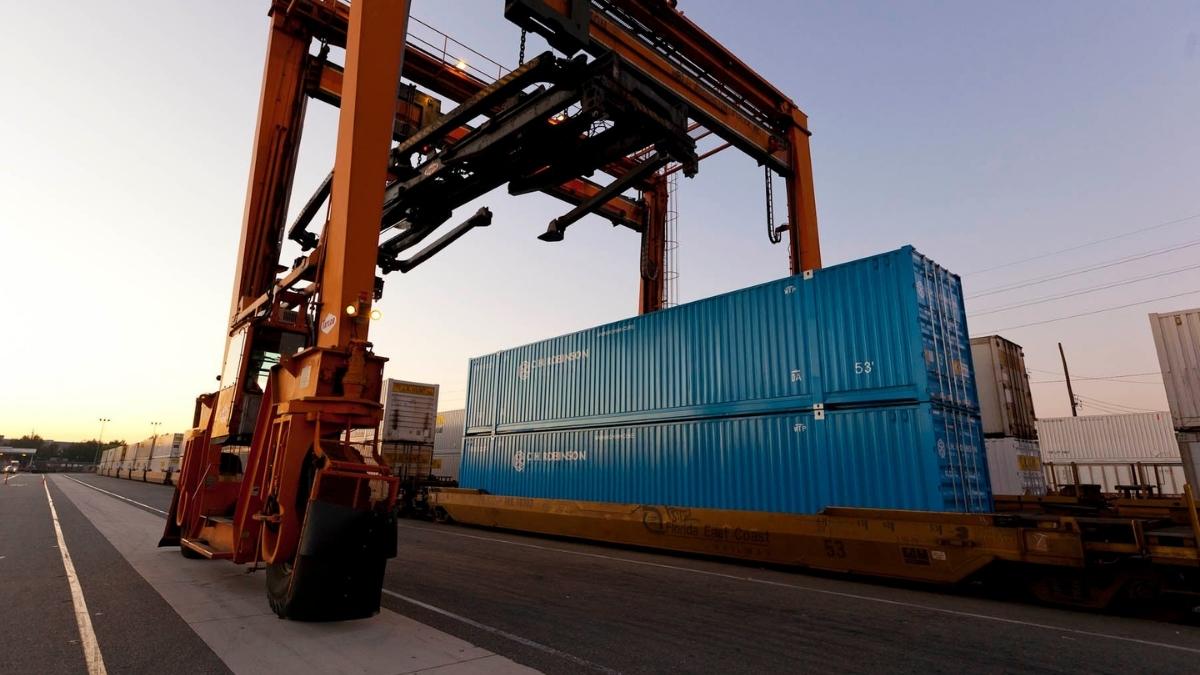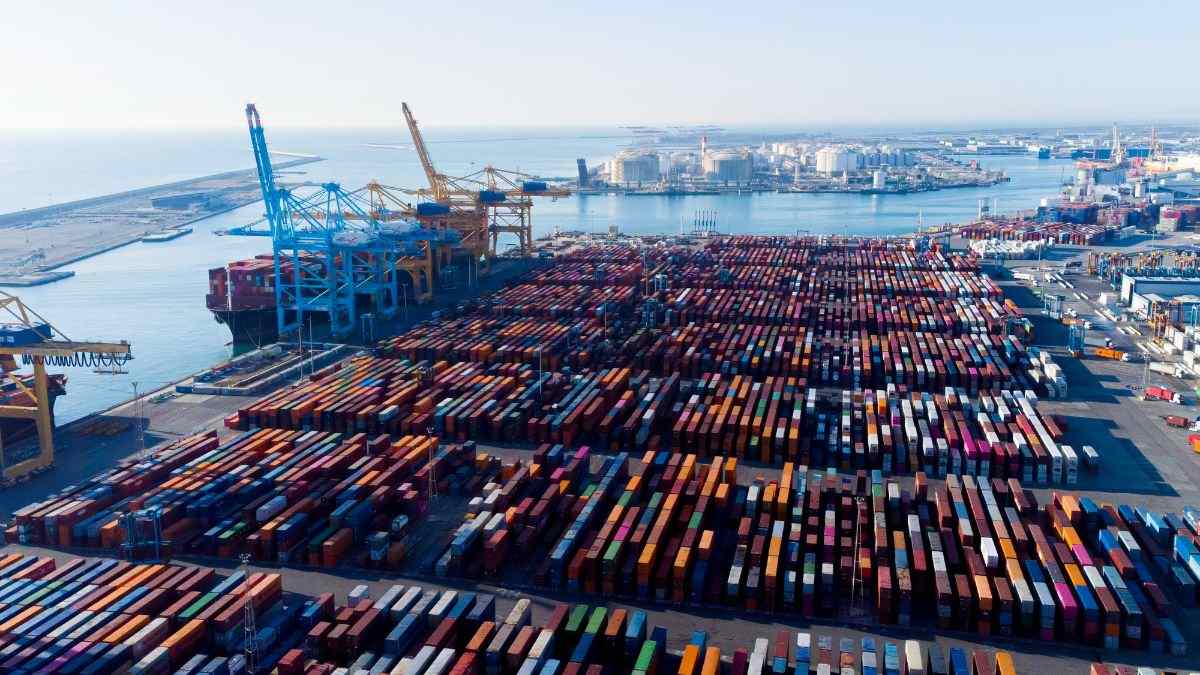
On September 25, 2025, the U.S. Court of Appeals for the Federal Circuit (CAFC) upheld a major trade enforcement action: the legality of Section 301 tariffs on Chinese goods listed under Lists 3 and 4A.
For global shippers, this ruling brings clarity—but not relief. With billions of dollars in duties now ruled lawful, the decision reaffirms that tariffs on Chinese imports are not a temporary policy lever but an entrenched feature of the trade landscape.
Understanding what this means for your supply chain—costs, sourcing, and future trade risks—is essential to maintaining competitiveness in an increasingly complex global market. Let’s look at how this case started and what to expect next.
The story behind the Section 301 China Tariffs
The current tariffs trace back to 2018, when the United States Trade Representative (USTR) launched an investigation into China’s trade practices under Section 301 of the Trade Act of 1974.
- Lists 1 and 2: Initially covered $50 billion worth of goods, unchallenged in court.
- Lists 3 and 4A: Expanded coverage to a combined $320 billion in additional goods after China’s retaliatory tariffs. List 3 tariffs later increased to 25%, while List 4A settled at 7.5%.
Importers challenged these expanded tariffs, arguing that the USTR exceeded its legal authority and failed to adequately consider public comments under the Administrative Procedure Act (APA).
At the heart of the case was one question: Did the USTR go too far when expanding the original trade action?
Federal Circuit ruling: USTR acted within its authority
The Federal Circuit rejected these arguments, ruling that the USTR acted within its authority and followed the required procedures. The court affirmed that the term “modify” in Section 307 includes both increases and decreases in trade actions, and that the USTR’s response to public feedback met APA standards.
For U.S. importers, this means the tariffs on Lists 3 and 4A remain firmly in place—and the precedent reinforces the USTR’s discretionary authority to adjust tariffs in future trade disputes.
What’s next: navigating a stabilized but costly tariff landscape
The CAFC’s decision provides clarity on the legal standing of the Section 301 tariffs—but it also signals that these duties will continue shaping sourcing and cost decisions for the foreseeable future. Here’s what shippers and importers should consider next:
Build tariffs into your long-term cost models
As List 3 and 4A are here to stay, shippers should continue to factor these duties into pricing and cost models. Now is the time to review supplier contracts, update landed cost analyses and ensure tariff impacts are built into long-term financial planning.
Prepare for Section 301 as a lasting policy tool
The ruling strengthens the USTR’s authority, signaling that Section 301 will continue to be used as a trade enforcement tool. Keep monitoring tariff exclusion opportunities and future adjustments, and stay connected with trade advisors to anticipate policy shifts.
Reevaluate and diversify supply chains
Businesses sourcing heavily from China may want to explore market diversification or evaluate mitigation strategies such as tariff engineering, foreign-trade zones, or bonded warehouses. Even small sourcing shifts can reduce long-term exposure.
Potential Supreme Court appeal: stay aware, but don’t wait on it
Plaintiffs may still seek review, but for now, the tariffs remain in effect. Companies should continue to plan based on current rates while maintaining accurate documentation in case of future legal or procedural changes.
The CAFC’s decision underscores that tariffs are likely to remain part of the trade landscape for the foreseeable future. While this adds complexity, it also creates an opportunity for importers to strengthen supply chain strategies and cost visibility. Our global trade and customs experts continue to monitor developments closely, helping businesses adapt with data-driven insights, compliance guidance, and tools designed to manage tariff exposure and optimize sourcing decisions.
Stay informed
Developments in customs and trade continue to evolve—stay informed to be prepared:



